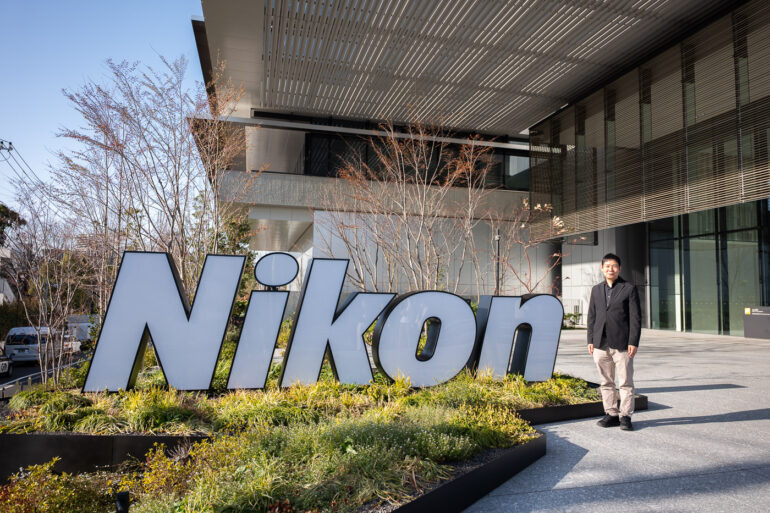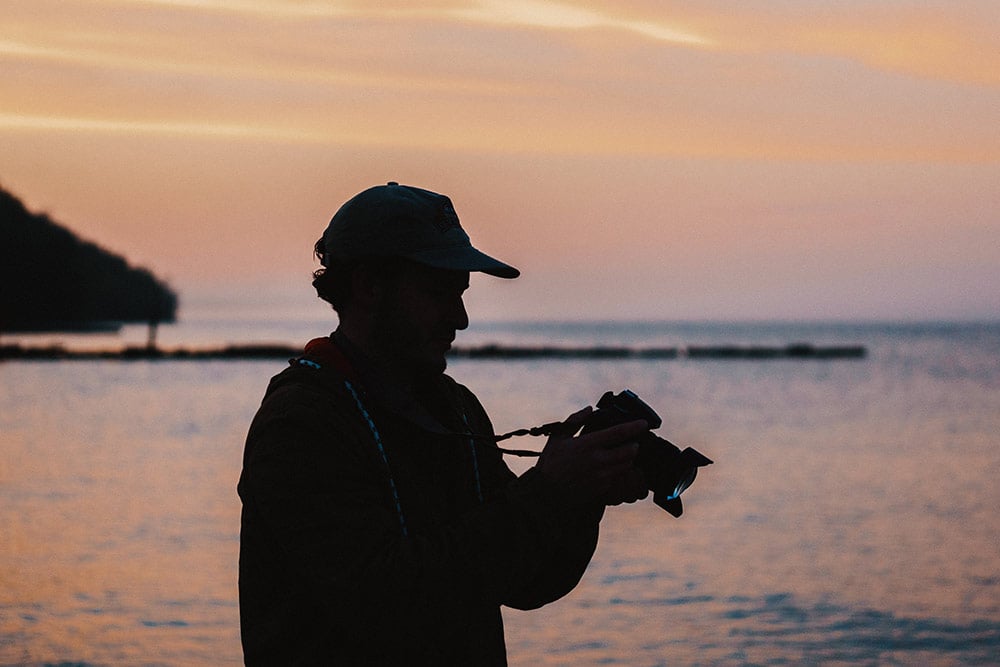On the sidelines of CP+ 2025, we interviewed Mitsuteru Hino, head of UX planning and in charge of product planning for camera bodies at Nikon Corp. He discusses the advantages of the semi-stacked sensor of the Z6 III, Nikon’s recent acquisition of RED, the company’s philosophy regarding its different lens lineup, and the role of artificial intelligence in Nikon’s future developments—highlighting the Auto Capture feature of the Nikon Z9.
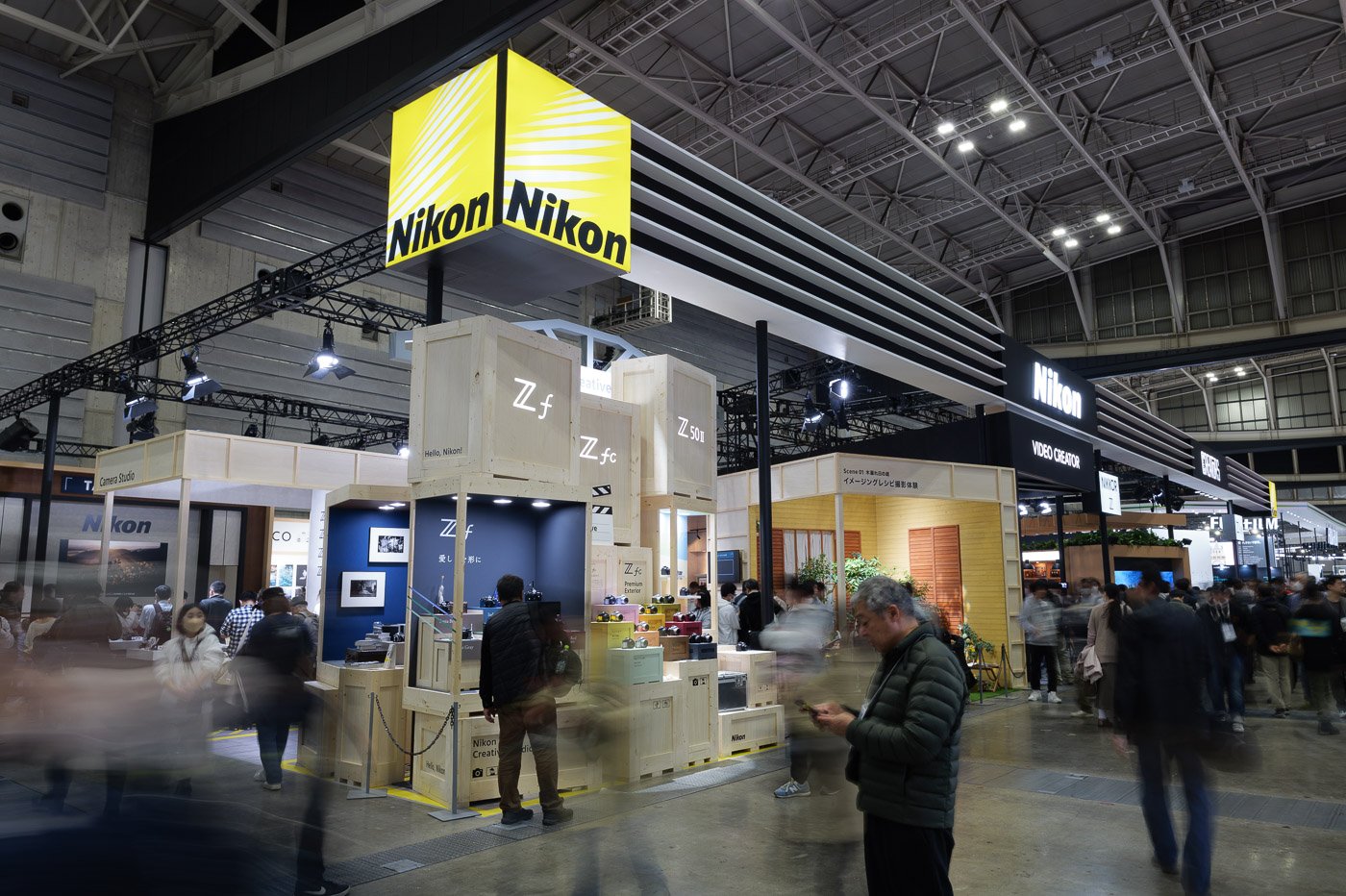
This interview was conducted on the sidelines of CP+ at Nikon Corp’s new headquarters in Tokyo.
The Z6 III features a new semi-stacked sensor system. What’s the purpose of this technology?
This semi-stacked sensor allows for a readout speed 3.5 times faster than the previous Nikon Z6 II. With this technology, we can achieve burst shooting at 120 frames per second and use pre-capture mode, recording images up to one second before actually pressing the shutter—all at a reduced cost.

Additionally, when using the EVF, subject tracking is smoother even during high-speed continuous shooting. The camera now offers advanced video capabilities, such as Full HD at 240 fps, 6K RAW video recording at 60 fps, and 5.4K at 60 fps.
We’ve also managed to significantly control rolling shutter distortion without needing a mechanical shutter, which is beneficial for both stills and videos. Autofocus performance has also improved due to faster sensor readout and quicker calculations.
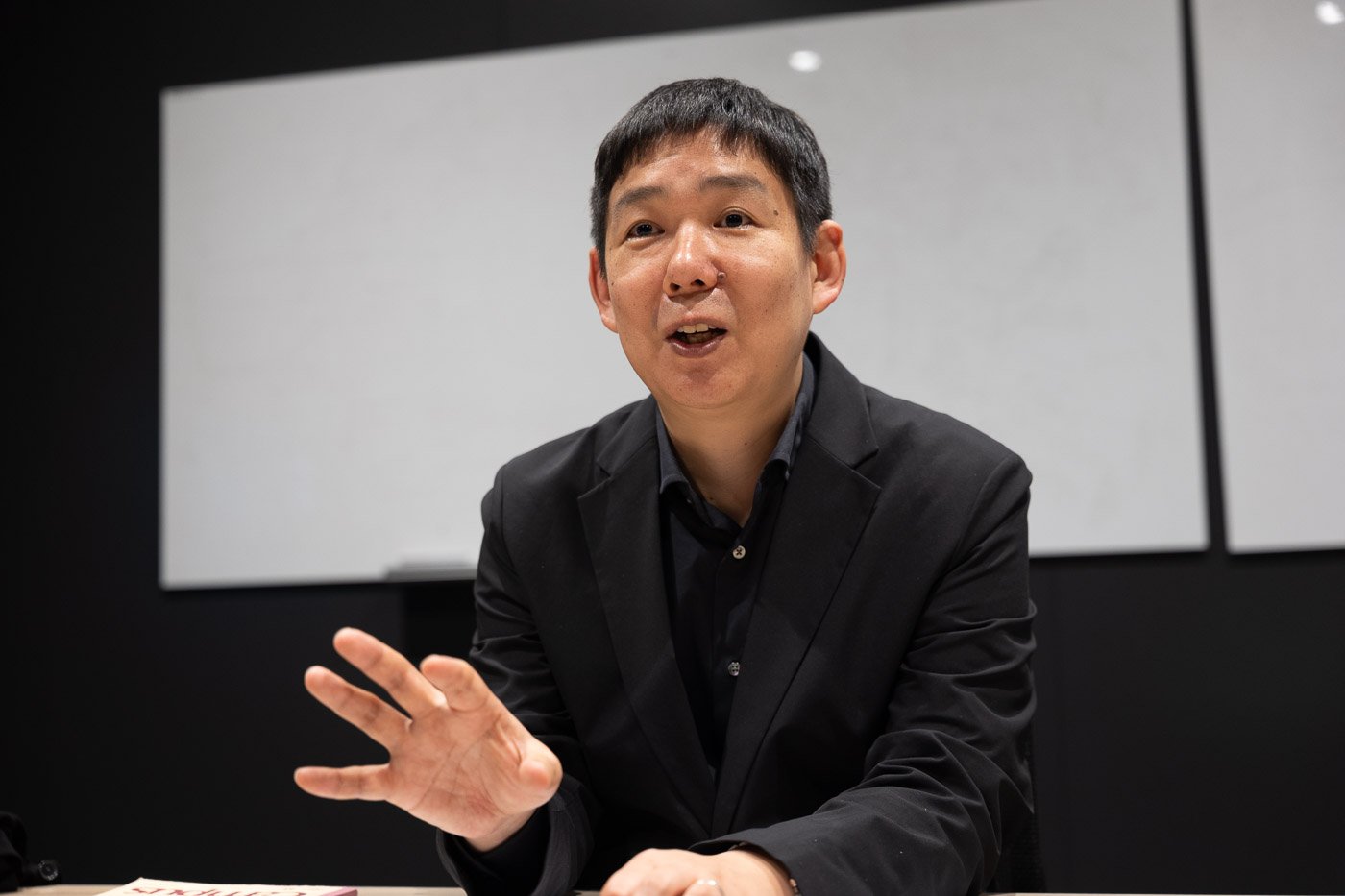
Should we interpret the semi-stacked sensor as a stepping stone towards more full-stacked sensors in future Nikon cameras? Or does this technology still have significant limitations?
We’ve already adopted fully stacked sensor technology for our high-end cameras, such as the Z8 and Z9. This technology provides excellent performance and extremely high speed, but it’s currently expensive, limiting its availability to our flagship models.
On the other hand, the Z6 III’s semi-stacked sensor offers a significant speed improvement over conventional CMOS sensors, although still slower than fully stacked sensors. It’s a balanced solution for users who need to manage cost and functionality.
What’s your opinion about global shutter technology?
You’ve probably seen the RED cameras at CP+, such as the Komodo-X and V-Raptor (X). These Z-mount cameras by RED use global electronic shutter technology, which we find highly sophisticated.
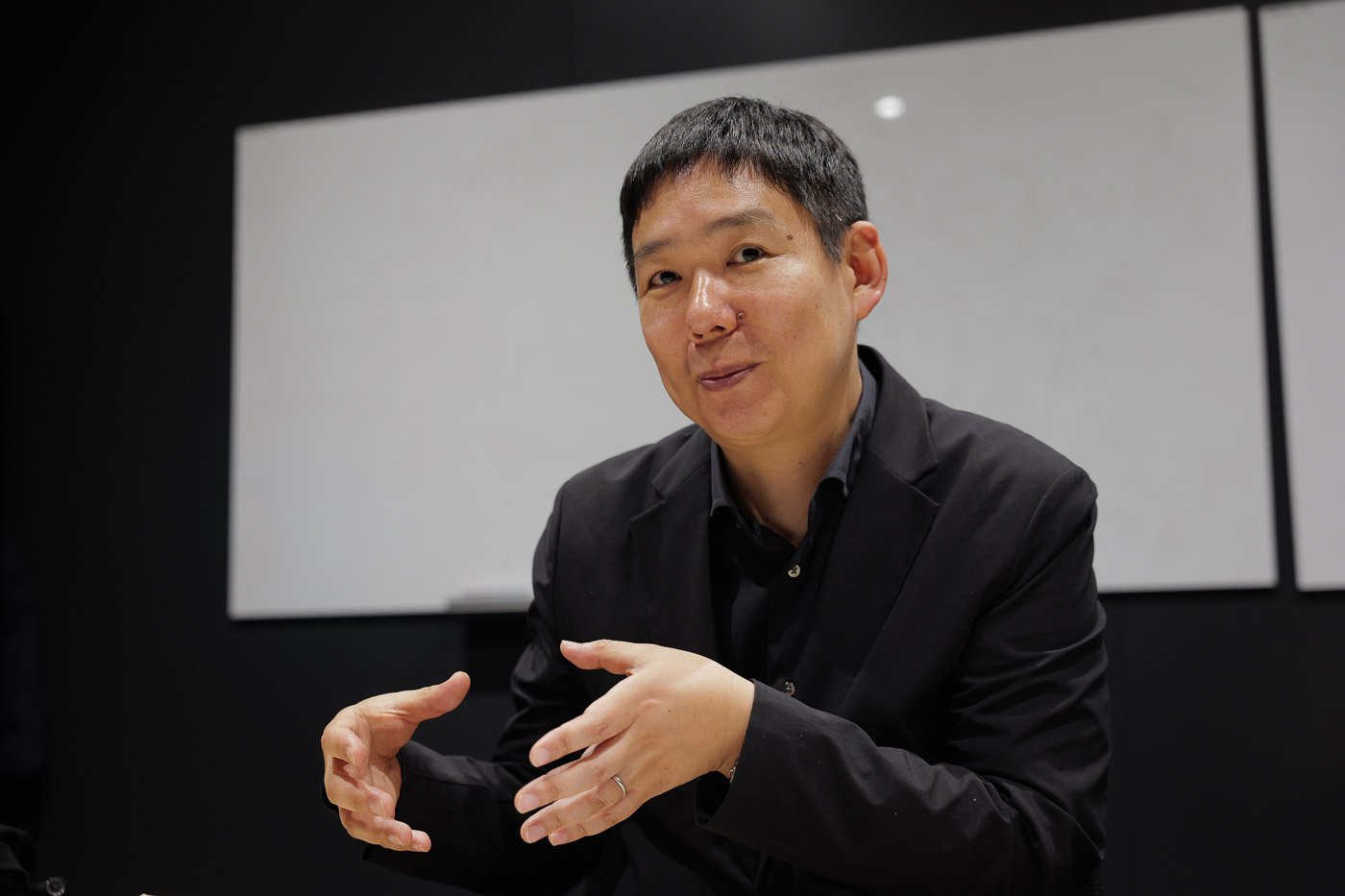
Global electronic shutters are already widely used in professional video cameras. We’re currently exploring how we might expand this technology into other applications.
More broadly, what technological breakthroughs do you see significantly enhancing camera performance and quality in the coming years?
Since acquiring RED last year, we’ve identified substantial potential growth in video technology, particularly in RAW video handling.
If you consider the evolution of still photography, initially, JPEG was dominant, but now RAW is essential for professional photographers. Of course, JPEG remains popular for clear, well-defined use cases, supported by Picture Control or specific processing presets.
However, when photographers face unfamiliar subjects or environments, RAW is much more versatile, allowing adjustments later in editing.
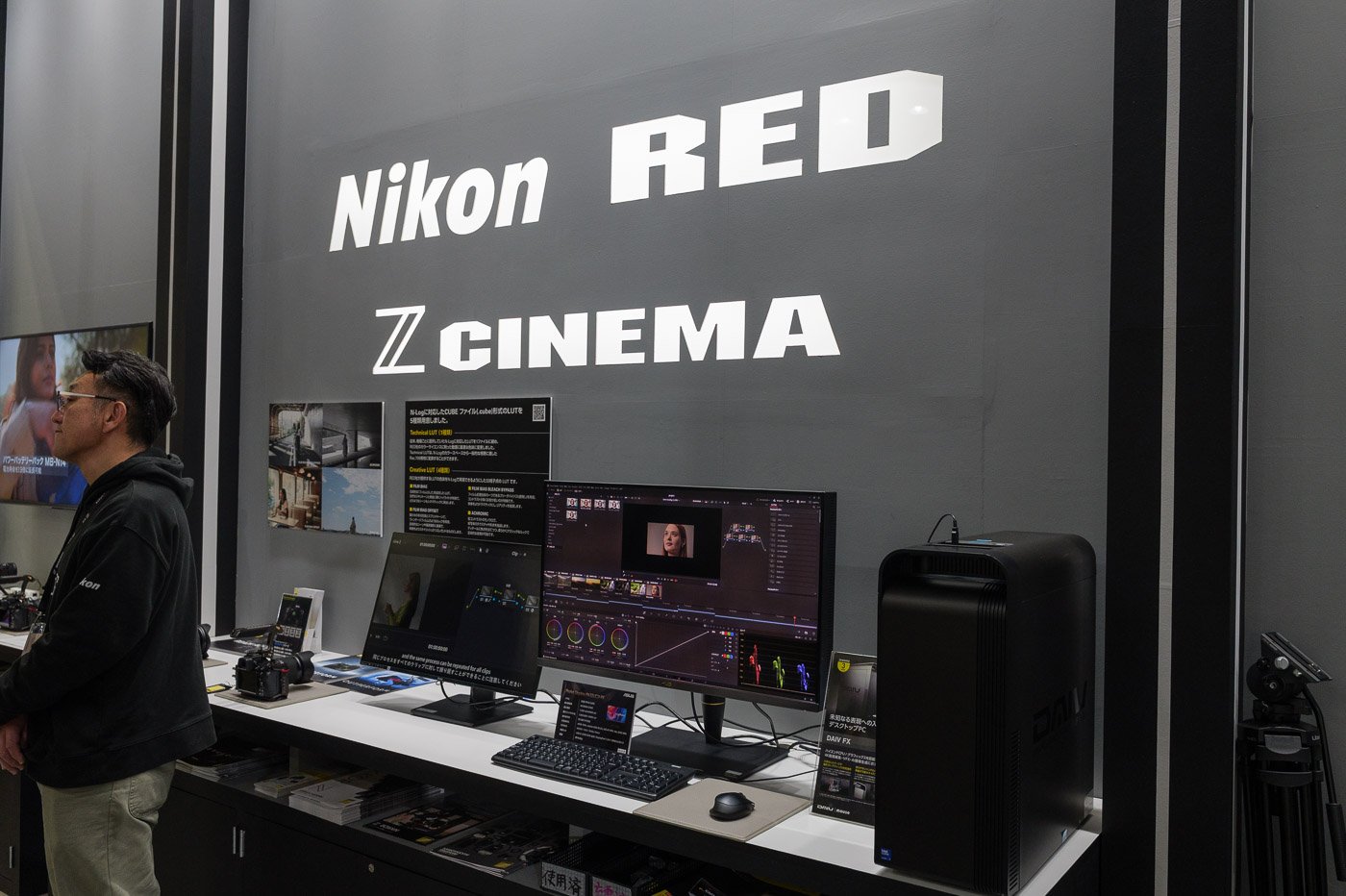
We see a similar trend in video. RAW video data will become increasingly important, especially in unpredictable shooting conditions where traditional LUTs and on-site color management can be challenging or restrictive. Although historically working with RAW data required significant processing power, recent advances in computer hardware now comfortably handle 6K or even 8K RAW video editing.
This advancement allows even our $2,000-class cameras to handle RAW video data, providing greater creative opportunities for entry-level photographers and videographers.
The acquisition of RED was a major surprise for the industry. How did this acquisition happen, and what’s its purpose? What have been the initial outcomes?
Both Nikon and RED shared a common vision: recognizing the growing video market and understanding our enthusiastic user communities. Both companies are deeply committed to delivering excellent user experiences and emotional connections with their users.
By combining strengths, we aim to enhance customer experiences even further, creating greater value and meaning for users.
In September of last year, we introduced RED-supervised LUTs in our mirrorless cameras. More recently, on February 13, we released the V-Raptor (X) and Komodo X cameras featuring Nikon’s Z mount. The large aperture of the Z mount, capable of taking a significant amount of light, pairs exceptionally well with RED cameras, offering users a broader range of lens choices.
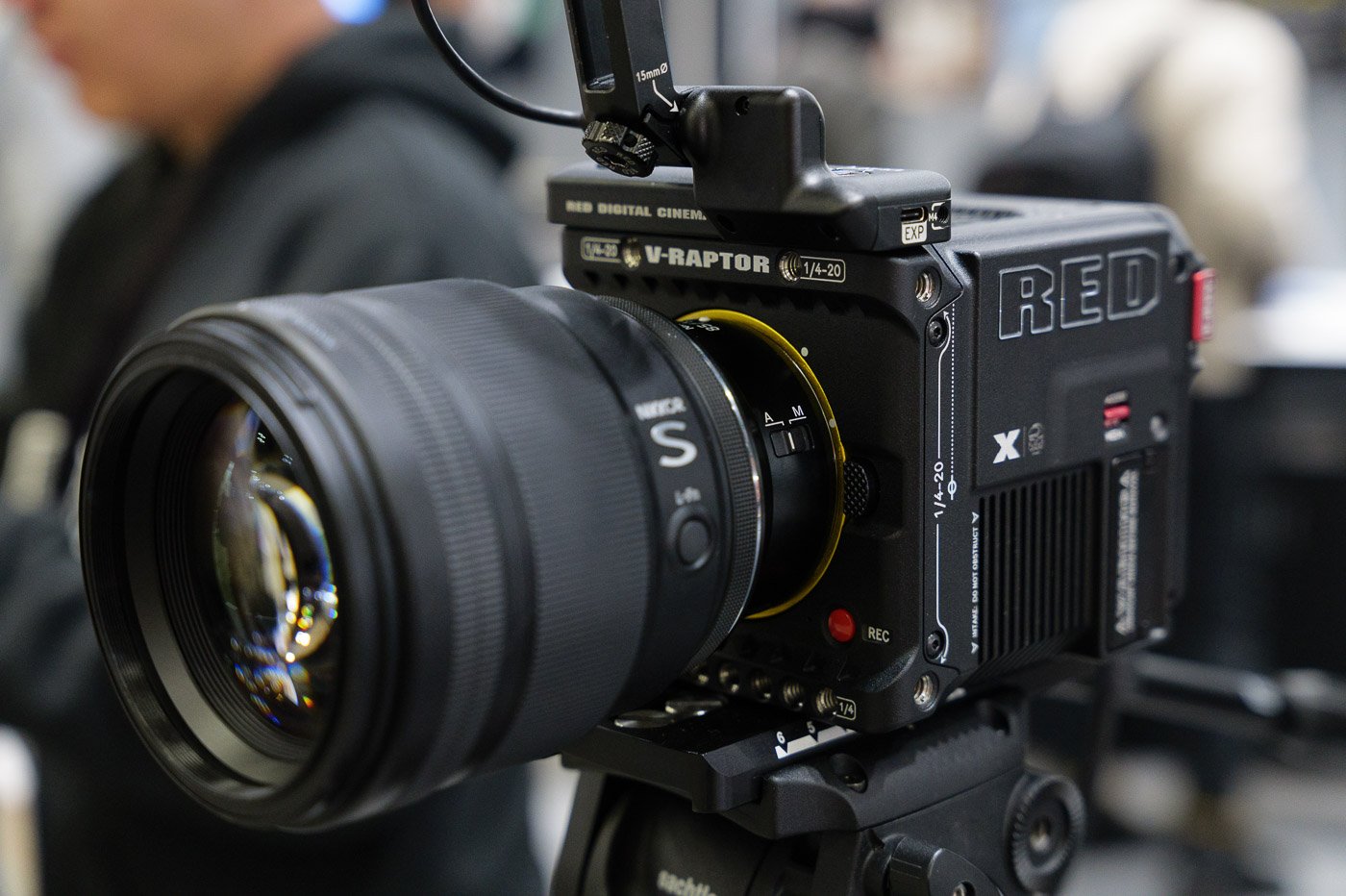
Nikon recently released the 35mm f/1.2 S, the fourth f/1.2 lens in Nikon’s history. What’s the philosophy behind this lens and the f/1.2 S line compared to the f/1.4 and f/1.8 S lines?
When we initially launched the Z mount cameras, our focus was primarily on f/1.8 lenses. However, experienced photographers expressed that brighter aperture typically meant f/1.4, also suggesting that despite their good image quality, f/1.8 lenses were too expensive.
Responding to this feedback, we developed the f/1.4 series lenses, aiming for a balance between weight, size, performance, and cost. These lenses are not part of the S-Line, but still provide high image quality, particularly when stopped down to f/2.8 or f/4, comparable to S-Line lenses.
Regarding the philosophy behind the f/1.2 lenses specifically, the core principle of our S-Line lenses is maintaining high optical quality even at wide apertures. The main difference between f/1.2 and f/1.4 lenses is precisely this consistency in quality across different aperture settings.

Photographers traditionally assume f/1.4 lenses to be superior to f/1.8 lenses. Couldn’t this philosophy confuse photographers who associate f/1.4 lenses with premium quality?
The concept of our S-Line lenses is precisely about maintaining consistent image quality across different apertures. While f/1.4 lenses are excellent for capturing more light, their optical characteristics can vary significantly when stopped down.

However, this diversity in image rendering across apertures can appeal differently to users. Some experienced photographers might enjoy the soft rendering at wider apertures and sharper results when stopped down. Conversely, other users prefer consistent image quality at any aperture, and these photographers might lean towards S-Line lenses.
Therefore, f/1.4 lenses might appeal to users who desire versatility in rendering, from softer to sharper images, whereas S-Line lenses target those seeking consistent optical excellence at all apertures.
In late 2024, Nikon launched the Z50 II, an all-around APS-C camera. What’s Nikon’s strategy for APS-C cameras, especially given Canon’s broad lineup with EOS R7, R10, R50, and R100?
Our current APS-C lineup includes the Z50 II, Z50, Z fc, and Z30. We believe most APS-C camera users are people looking to take better photos than their smartphones allow, making these cameras an ideal first step into dedicated photography.
We offer multiple options catering to distinct user preferences. The Z50 II targets users wanting a versatile camera for various types of photography. The Z fc appeals to users who value a classic photographic style. Meanwhile, the Z30 suits those prioritizing compactness and portability.
Typically, customers purchase the DX 16-50mm f/3.5-6.3 VR zoom lens alongside their first camera, making it an ideal entry point. Our DX lens lineup offers various compact options tailored to user preferences, and many eventually move towards full frame models due to our extensive range.
We will continue to monitor customer preferences, and if we identify new priorities or requirements, we can expand our APS-C camera selection accordingly.
Perhaps for sports and wildlife photography? That’s currently a gap in the APS-C lineup.
Thank you for your comment. We receive valuable feedback from customers and are actively discussing how to incorporate their suggestions for new features in our development and planning departments.
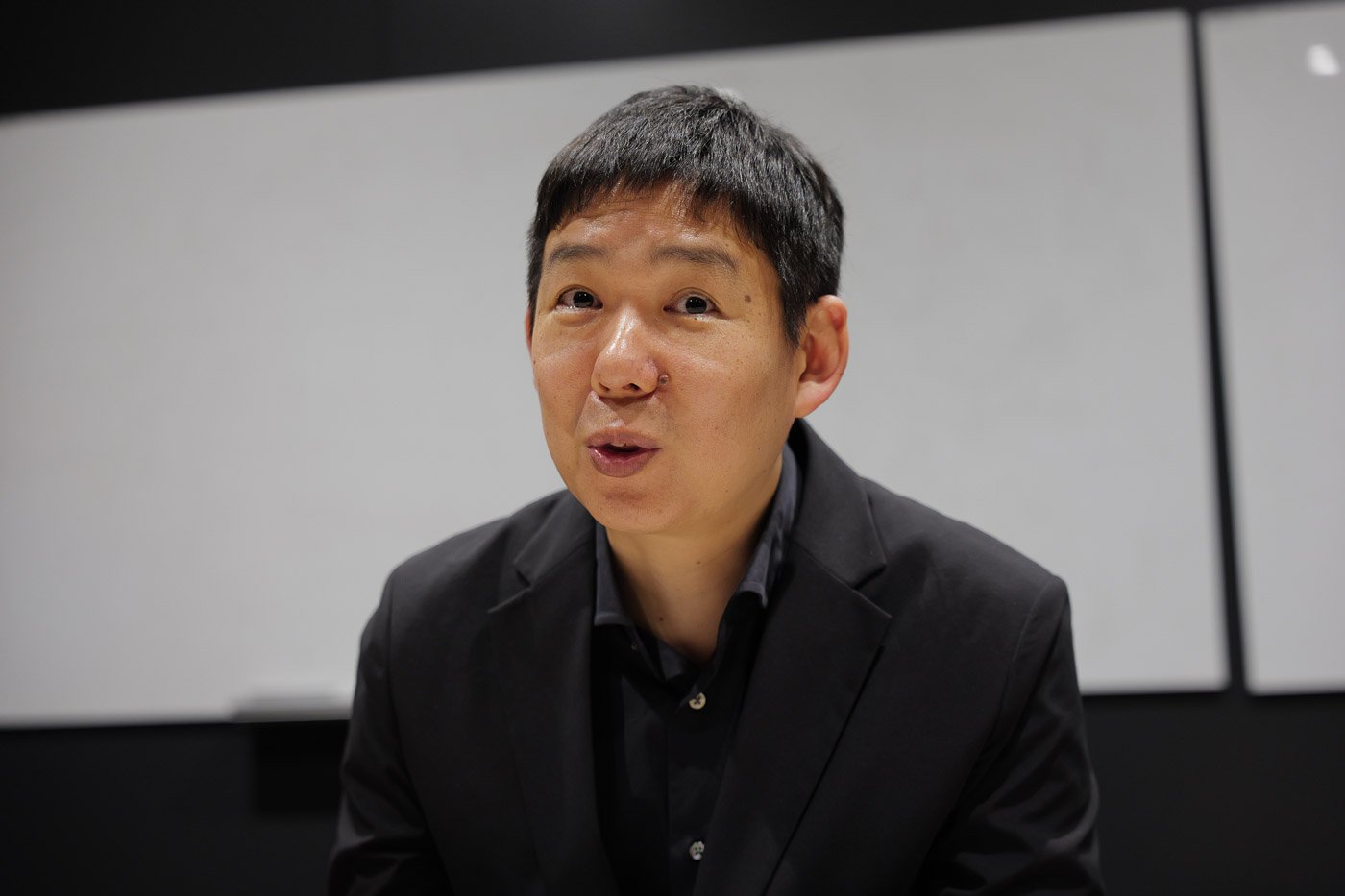
The premium compact camera market is booming again, especially thanks to platforms like TikTok. Does Nikon plan to launch a new high-end Coolpix camera to meet this demand?
We recognize growing demand in the high-end compact camera market. We will continue to closely monitor user feedback and market trends to determine how best to meet their expectations.
While AI currently improves subject recognition and tracking, what additional opportunities do you see for AI in the future?
The current trend in AI focuses on machine learning improvements for enhanced autofocus capabilities, particularly in recognizing subjects like animals, vehicles, and human eyes.
At Nikon, we’ve implemented AI for auto white balance, auto exposure, and subject recognition, with these technologies now enhancing our autofocus systems. We’re particularly excited about our auto-capture function, introduced in the Z9’s firmware update [and in the Z8, NDLR].
We understand photographers can only physically operate one camera at a time and have just one chance to capture the perfect moment. Our auto-capture function solves this by enabling subject capture from multiple angles with proper setup.
This unique technology sets us apart, and we’re committed to enhancing it further. While customer awareness remains low, those who’ve experienced this feature find it incredibly impressive.
Beyond autofocus and auto-capture, we’re exploring AI applications for image selection. With the Z9 capable of capturing 120 frames per second, choosing the right image becomes challenging. We believe AI can assist photographers in selecting the best shots from these high-speed sequences, significantly reducing their post-production time.
Last year, Nikon mentioned third-party batteries weren’t supported due to security concerns. Yet today, brands like SmallRig offer batteries for Nikon Z8 and Z6 III. Has Nikon changed its policy regarding security?
Our policy remains unchanged. While we’re unaware of what modifications third-party manufacturers have made to their products, we maintain our stance of supporting only Nikon batteries.
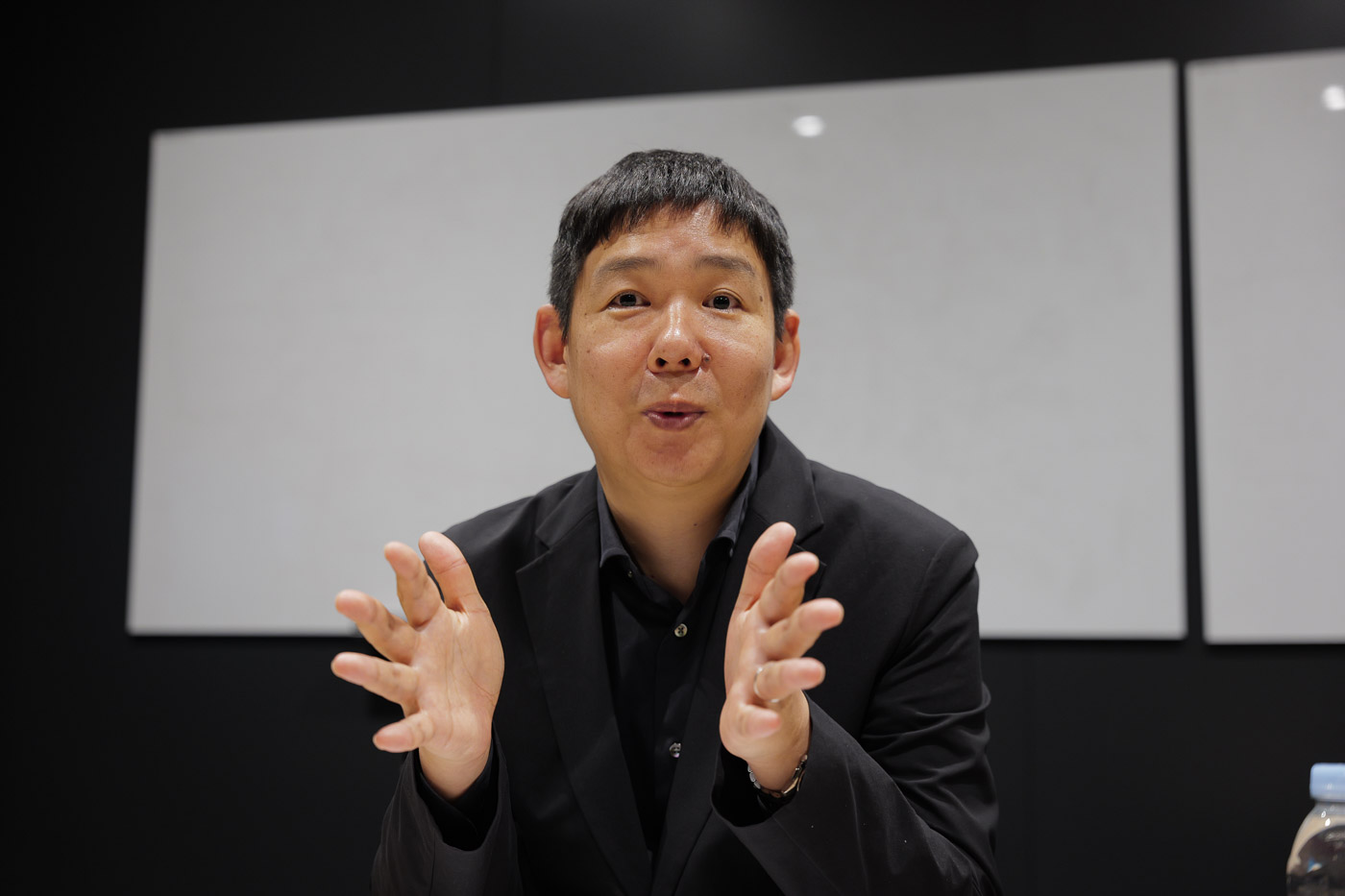
Nikon closely collaborated with professional photographers during the 2024 Olympics. What insights have you gained from their feedback?
Previously, photographers were confined to fixed positions at events. However, photographers increasingly desire flexibility to capture events from various angles to enhance their expression.
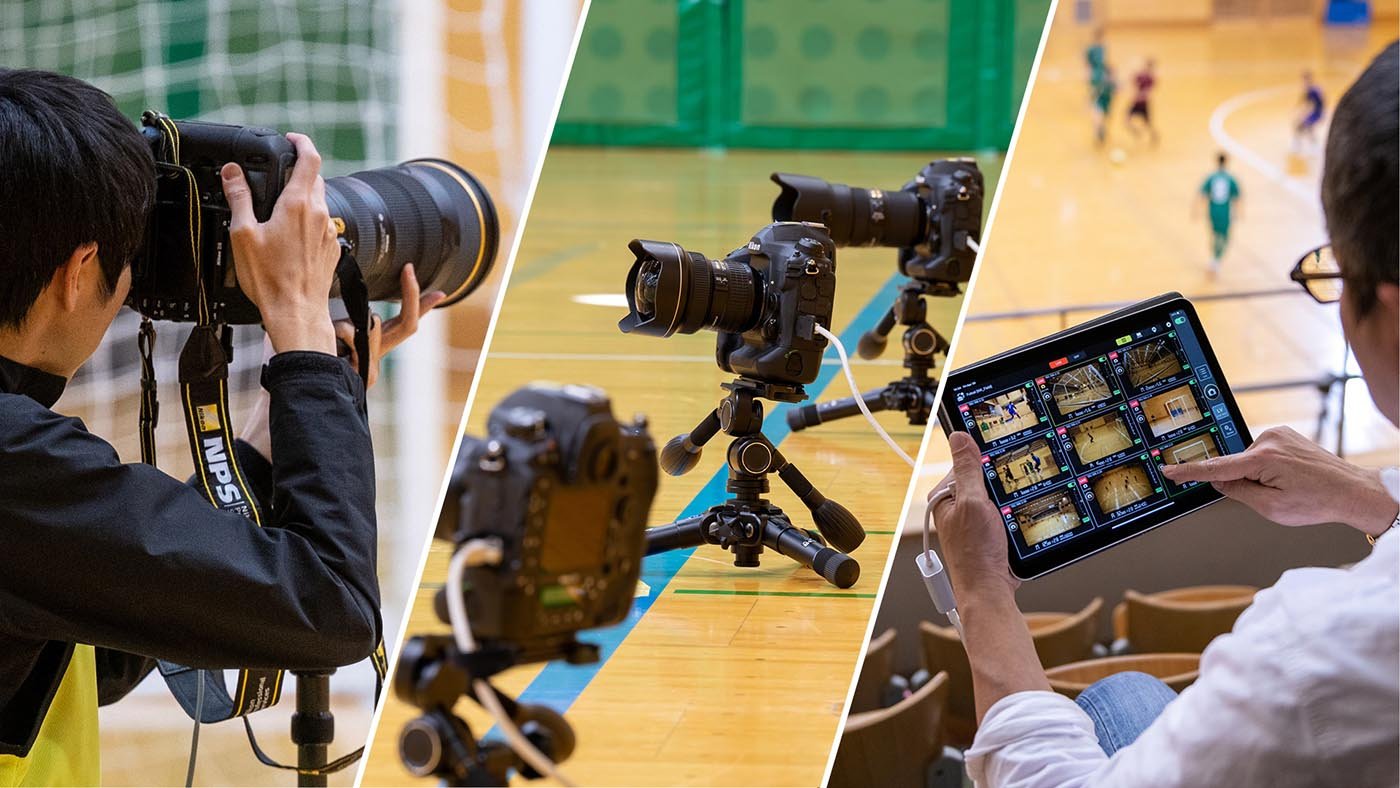
Responding to this need, we’ve introduced technologies like remote control with NX Field, enabling photographers to position cameras in inaccessible locations, such as high ceilings or ground-level positions. Photographers can operate these cameras using remote gaming-style controllers.
Additionally, robotic cameras allow remote zooming and angle adjustment. Combined with auto-capture, these tools enable capturing athletes from unique perspectives previously unseen, greatly enhancing visual storytelling. Our technology has freed photographers from their designated seats, allowing them to control up to 10 different cameras in various locations.
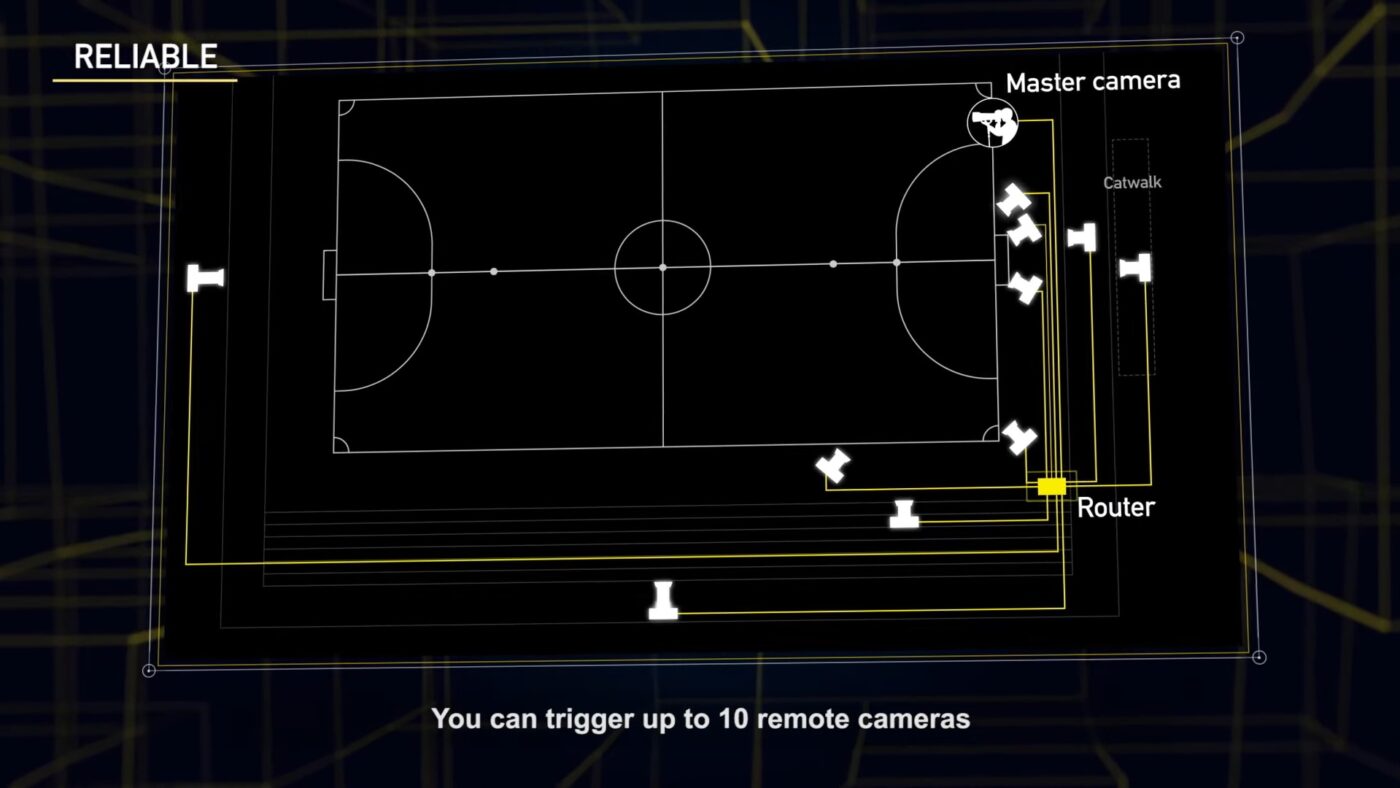
We’re committed to empowering photographers’ creativity and allowing spectators to enjoy innovative photographic expressions.
Nikon participates in C2PA to combat misinformation through its partnership with Agence France-Presse. When can we expect to see this feature widely integrated into Nikon cameras ?
We acknowledge the critical importance of photo authenticity, particularly for media. In October last year, we announced firmware development incorporating the C2PA standard for the Z6 III. Currently, we’re validating this firmware’s practicality within media workflows and plan to provide it to selected media organizations by mid-2025.
Is the C2PA standard already implemented in the Z8?
Not yet. We’re currently evaluating expanding this technology to other camera models.
Will the feature eventually become available for all users, beyond media?
Initially, we’ll provide this feature to selected media agencies by mid-2025. We do aknowledge hobbyists’ needs to verify their work’s authenticity. Currently, we are still evaluating how to provide these authentication features to individual photographers. While implementing the C2PA standard in cameras is crucial, we must consider the entire photo-taking process. A comprehensive system is needed to verify authenticity from capture through post-processing.
Major software companies are joining this initiative, but verification must be seamless throughout the entire workflow. This is why we’re focused on developing a comprehensive authentication ecosystem. As C2PA is a collaboration of multiple organizations, we aim to work with all partners to create this complete verification system.
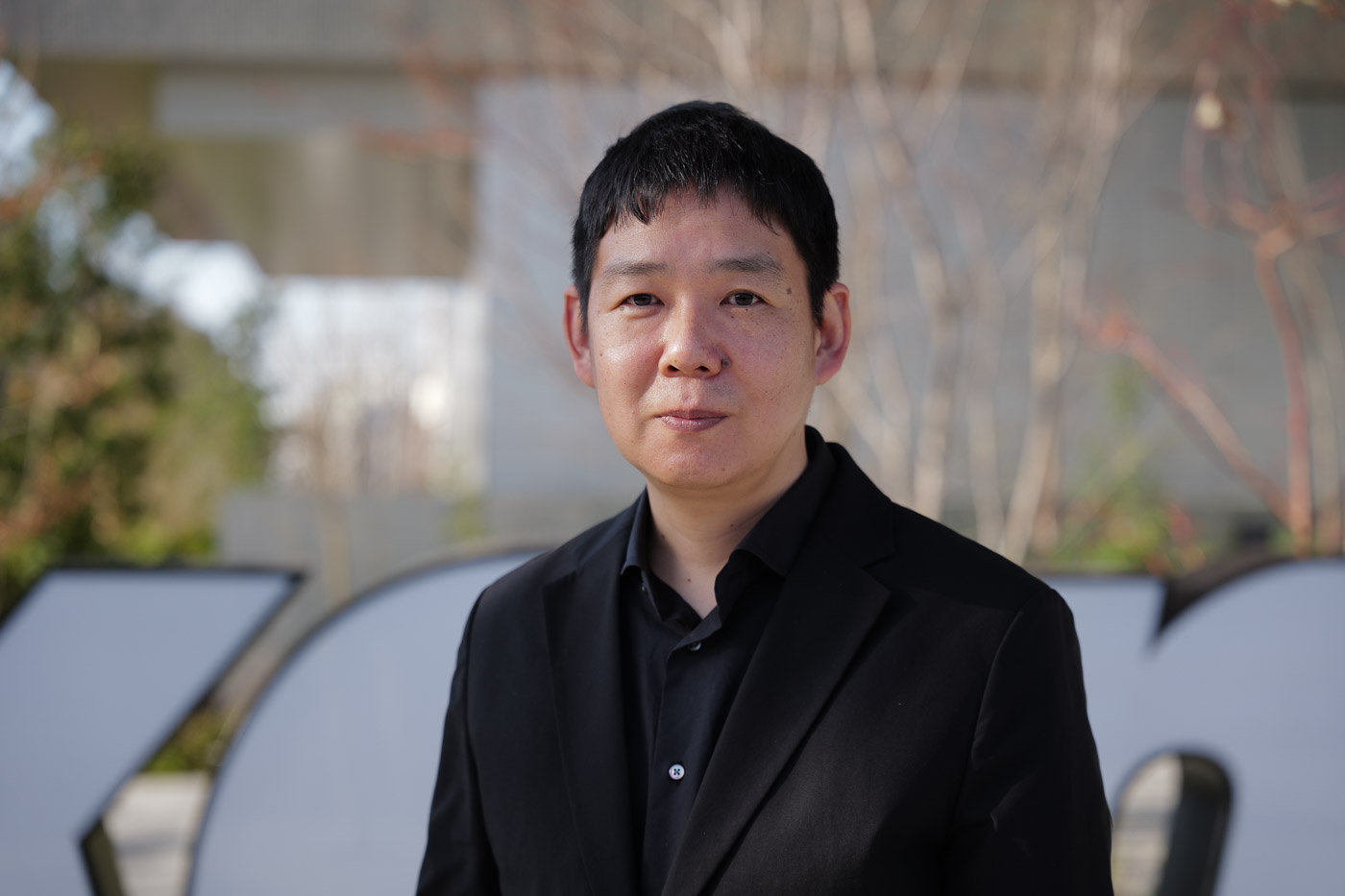
Thank you to Mr. Mitsuteru Hino for answering our questions. We would also like to thank the teams at Nikon Corp and Nikon France for making this interview possible.

